Photo: AA
Click to read the article in Turkish
The parliament has passed a joint motion on the "sea snot" problem in the Sea of Marmara by all five parties that have a parliamentary group.
A 19-member investigation committee will be set up in accordance with the resolution.
The committee will work for three to four months to determine the measures that need to be taken. Afterward, a report prepared by the committee will be submitted to the General Assembly of the parliament.
The five parties previously submitted separate motions, which were combined in yesterday's (June 10) parliamentary session.
Large swaths of the surface of the Sea of Marmara have been covered with marine mucilage, or "sea snot," since early May. It has been observed for much longer at the bottom of the sea.
On June 8, the Ministry of Environment started vacuuming up the sea snot on the surface to allow the sunlight to reach the deep sea.
Marine mucilage is a phenomenon that occurs due to the intense proliferation of a type of sea algae, which is triggered by the excessive amount of nitrogen in the seawater.
Scientists point out wastewater policies in the region as one of the main causes of mucilage accumulation. Most of the wastewater of Marmara provinces is discharged into the deep sea only after preliminary treatment, according to a report by environmental engineers.
What is mucilage and why has it spread in the Sea of Marmara?Marine mucilage, also called "foam" or "snot" by fishers, is the intense proliferation and color spiral of Gonyaulax fragilis, a type of phytoplankton, a single-cell organism. Even though mucilage is a natural phenomenon, it can damage the ecosystem when it grows excessively. The Turkish Marine Research Foundation (TÜDAV) states that this yellow, white, colored mud-like substance has been seen and spread frequently above and below the water in the Black Sea, Marmara, and Aegean Seas in the last two years. The Marmara Environmental Monitoring Project (MAREM), which has been drawing attention to the mucilage problem in the Sea of Marmara since 2007, points out that such anomalies are an indicator of the level of pollution in the sea. Project manager Levent Artüz emphasizes that mucilage, which has a very sticky and contagious structure, can bring the end of life in the sea. Stating that the vast majority of fish eggs are found on the surface of the sea and the eggs on the surface lose their chance of survival by being trapped in the mucilage, Artüz says the same is true for the larvae. According to the information Artüz conveyed in 1+1 Forum, the mucilage collapses over time on creatures that cannot move such as mussels, oysters, and tunicates and covers the sea meadows and cuts off their contact with light. On the other hand, experts explain the causes of mucilage as the loss of oxygen in the sea due to filling the coasts and wastes and the rise in temperatures in the Mediterranean Basin due to global climate change. Looking at the sea surface temperature data, the temperature of the Sea of Marmara this year is 2.5 degrees above the average of 40 years, in other words, there is an anomaly of 2.5 degrees. Around 25 million people live around the Sea of Marmara. Nearly half of Turkey's industry is located around it as well. In other words, all domestic, industrial, and agricultural wastes go directly or indirectly to the Sea of Marmara. Scientists say that the most important thing to do against mucilage is not to dump untreated waste into Marmara. Another suggestion is to start work as soon as possible to develop a new waste management policy that also takes into account climate change. |
(TP/VK)




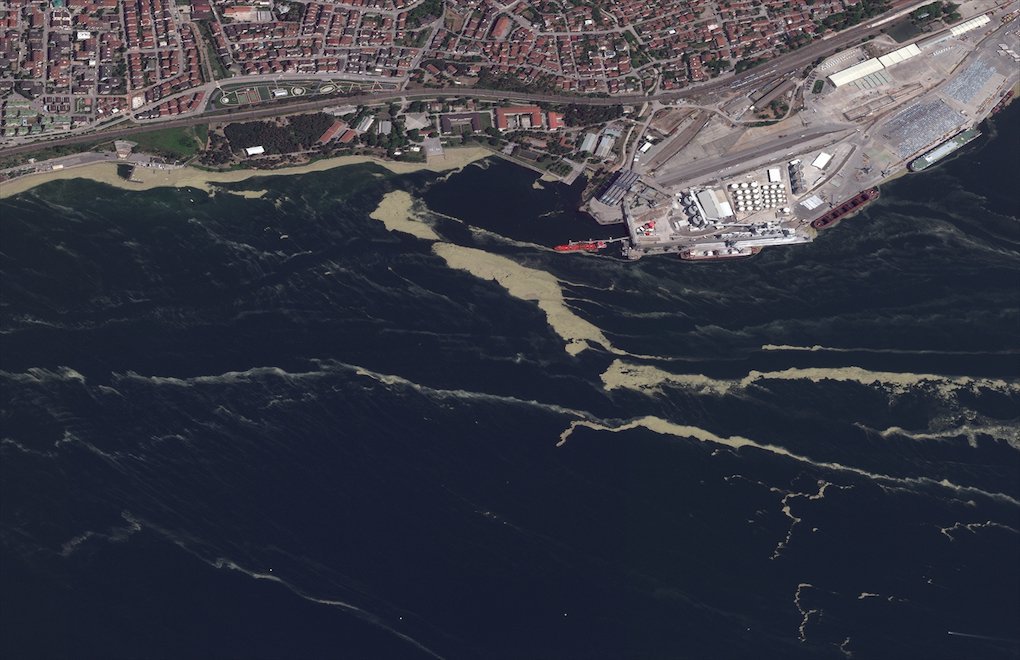
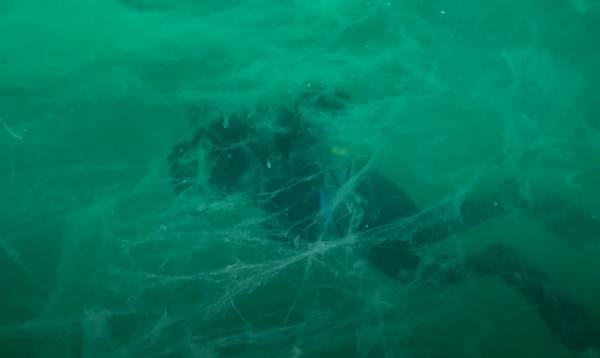
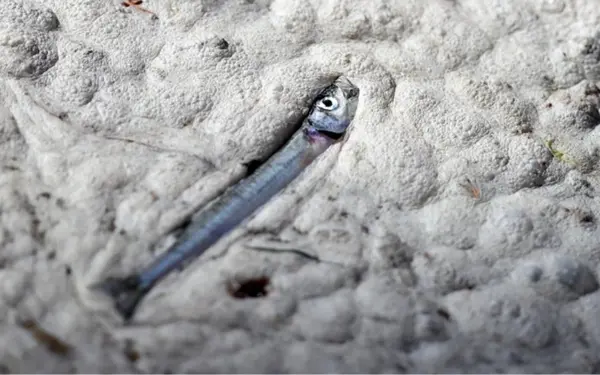
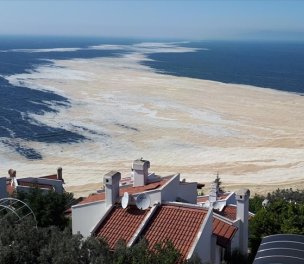

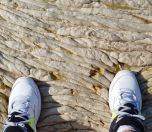
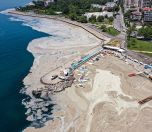
as.jpg)